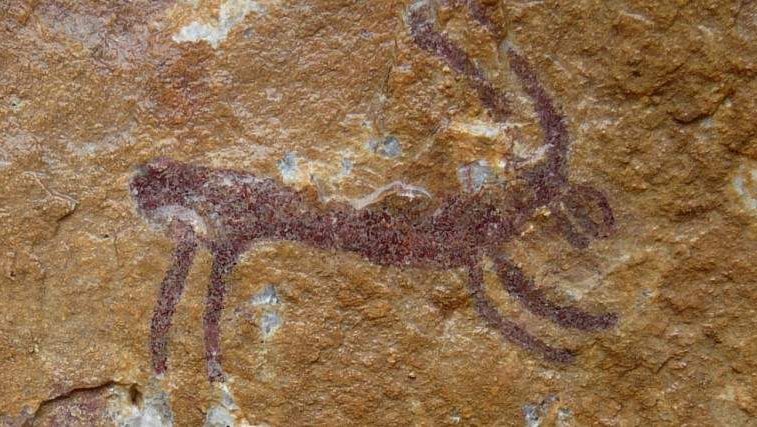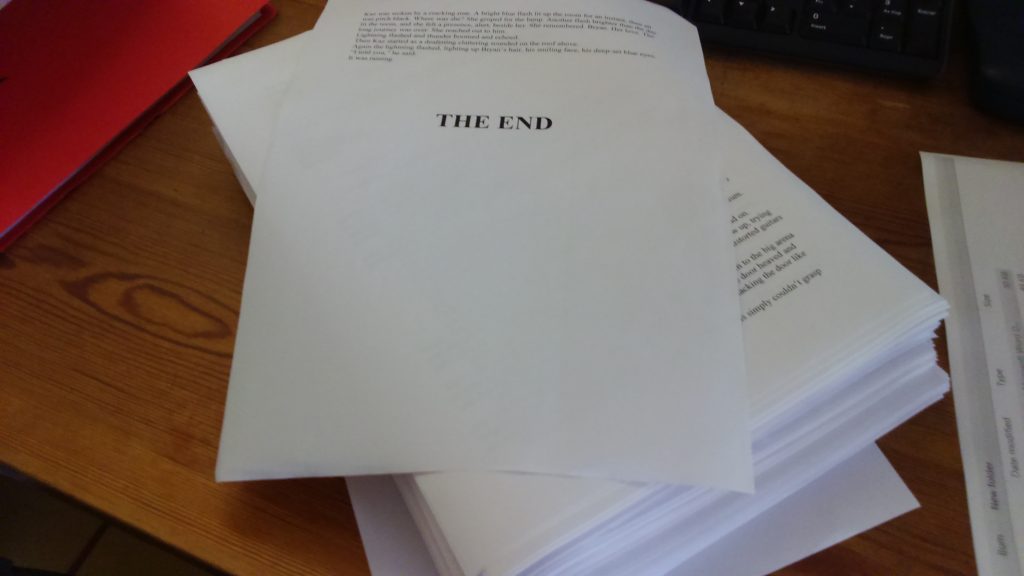
Ullastret and Ulldecona
From ancient Iberian settlements in the north to rock art and ancient olive trees in the south, the history of Catalonia goes way back.
Ullastret (oolyaSTRET), a town in the Baix Empordà region (inland from the Costa Brava), is home to the largest Iberian settlement so far discovered in Catalonia, dating to around 550 B.C. With its towering walls, the city served as the capital of the territory that ancient authors ascribed to the Iberian tribe of the Indigets or Indikets, and was the centre of an important trade with the Greek city of Empúries. The archaeological remains tell us a lot about the Iberians’ way of life – their agriculture, livestock farming, mines and quarries, urban planning and so on.
And then there are the severed heads. Two skulls that had apparently been nailed to a wall had been found in 1969. In 2012 three more were unearthed in an excellent state of preservation, two of them with enormous nails included. They are assumed to have been taken as trophies of war. But the really interesting thing, as the archaeologists explain, is that because the Iberians cremated their dead, it’s very difficult to find remains that can tell us what they ate, what they died of – and what they looked like.
So a facial reconstruction was made from the best preserved skull – and apparently the Iberians didn’t look too different from us.
Of course you can can visit the settlement. And you can also watch a video (with Hollywoodesque music) showing the reconstructed city.
And then there’s the making of the reconstruction. Interestingly, videogame software tools were used rather than the usual architectural tools, which gives a more immersive experience. Recreating texture was a particularly important aspect of the work. And they’re working on making it more interactive: “To bring our heritage to life in a contemporary way which will better engage younger generations.”
Ulldecona
You may never have heard of Ulldecona (unless you read the post about ancient olive trees) but quite recently it’s been in the Spanish news as, to paraphrase, the tiny town that’s a crack factory. Not the drug, you understand, but a ‘manufacturer’ of star players (‘cracks’) for the Premier League. Apparently this town of less than 7000 inhabitants has produced no less than two local whizz kids, Oriol Romeu and Aleix García, who are now playing for Southampton and Manchester City respectively. No, I had no idea either.
Whatever, this last place before the border with Valencia, as well as being one of Catalonia’s most important medieval towns with its hilltop castle, has a much more lasting claim to fame: its cave art. The Cave Art of the Mediterranean Basin in the Iberian Peninsula is made up of 757 sites with paintings and was awarded World Heritage status in 1998. Together they form the largest collection of cave paintings in Europe. In Catalonia these include the hermitage shelters (shallow cave-like formations) in the Sierra de Godall mountains near Ulldecona which contain a stunning 386 paintings depicting archers, animals and other hunting related scenes.
Check Ulldecona out here.


